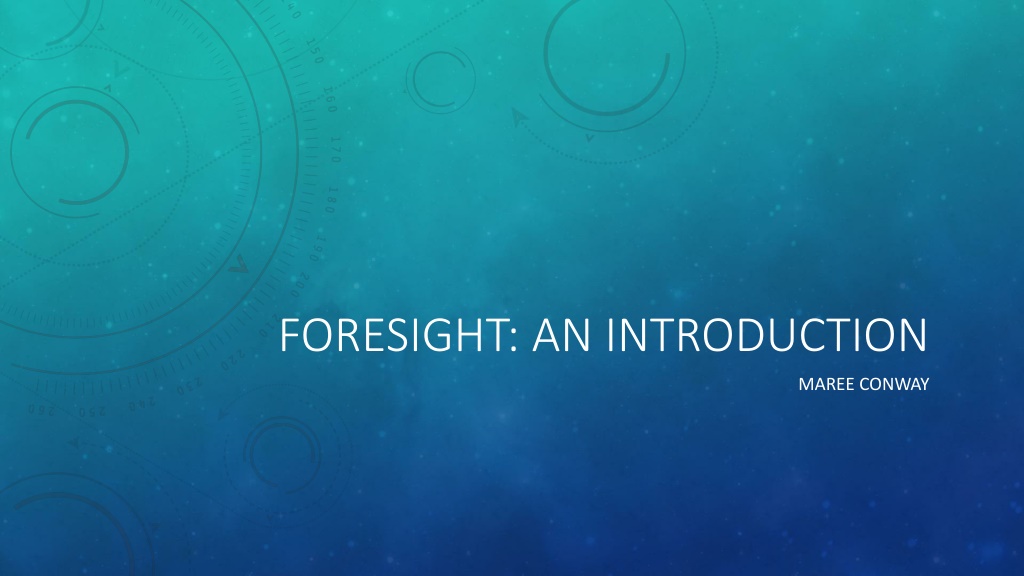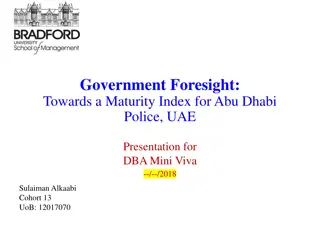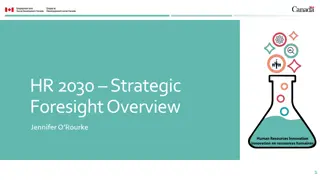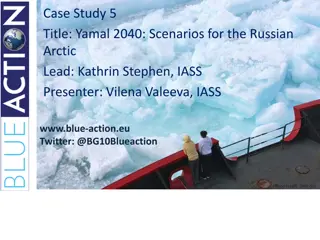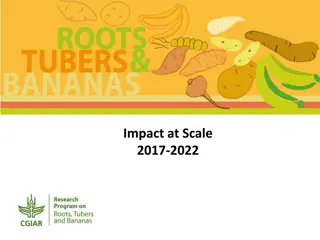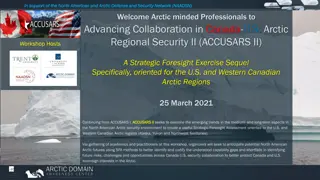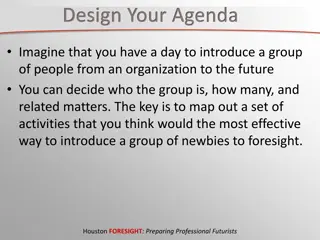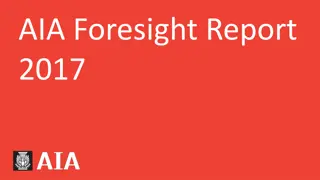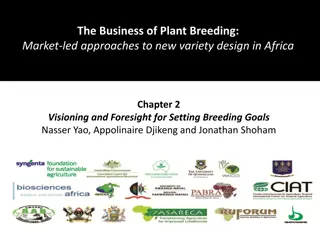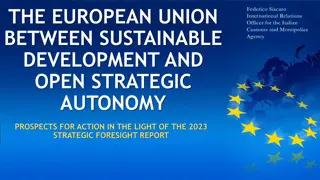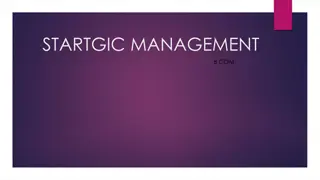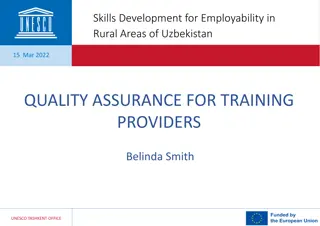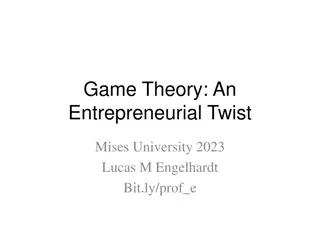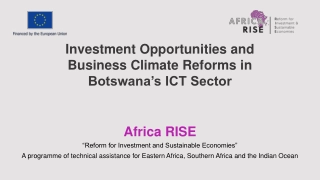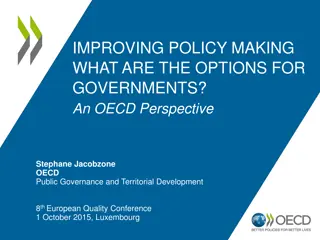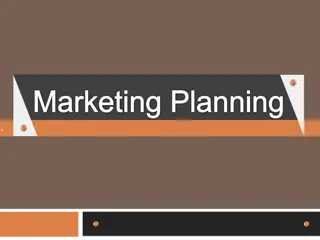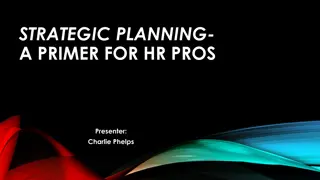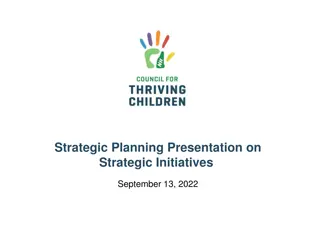Understanding Foresight: A Strategic Approach to Shaping the Future
Dive into the world of foresight, a strategic thinking capacity that expands perceptions of future options for organizations. Explore the principles, stages, and differences with conventional strategy, emphasizing the importance of anticipating and shaping alternative futures. Discover how foresight can be a valuable tool for decision-making and planning in various sectors.
Download Presentation

Please find below an Image/Link to download the presentation.
The content on the website is provided AS IS for your information and personal use only. It may not be sold, licensed, or shared on other websites without obtaining consent from the author. Download presentation by click this link. If you encounter any issues during the download, it is possible that the publisher has removed the file from their server.
E N D
Presentation Transcript
FORESIGHT: AN INTRODUCTION MAREE CONWAY
Objetivo do texto: experience using foresight with people in organisations since 1999. strategy development but foresight approaches can be used for a range of activities such as community visioning, technology road mapping, government policy development and individual futures. introduction to the field that lets you get to know foresight and to understand the value of using it.
O que foresight: Foresight is first and foremost a state of mind that determines how you think about the future. Foresight is therefore a strategic thinking capacity Done well, it expands perceptions of future options available to the organisation and enhances the operational context in which strategy is developed.
Definio estratgia convencional vs. Foresight: Estrategia convencional Foresight Future around 5 years Future aroun 10 to 20 years they assume tomorrow is going to be more of today Try to talk about scenarios and consider that the future in not fixed they often lack the flexibility to deal with unexpected changes in the external environment Quantitative data Qualitative data miss potential innovation and strategic options because they don t challenge organisational assumptions and ideologies Critique boundaries of convention and the status-quo.
Principios do foresight: The future is not predetermined, inevitable or fixed. There are alternative futures The future is uncertain and not predictable we have choices today. There is always more than one future whether preposterous, potential, possible, plausible and preferable. Futures outcomes can be influenced by our action or inaction today. We can and should take action to move towards a preferred future or to mitigate an undesirable future. We are all responsible for future generations every decision made today affects them.
Etapas do foresight: Input whats happening? Delphi Environmental Scanning: Many people think that reading the newspaper is scanning, while others think that networking with colleagues at a conference is sufficient to say they have done an environmental scan
Etapas do foresight: Analytic Method whats seems to be happening? Input methods generate a lot of information about change. Analytic methods are then used to make sense of that information for the organisation and its context Trend analysis Emerging Issues Analysis
Etapas do foresight: Interpretative Method whats really happening? Interpretive methods take analysis one step further. The aim is to challenge the categories of analysis, to question and test the meaning of the data that has been analysed, Depth and Layers Causal Layered Analysis
Etapas do foresight: Prospective Method what might happen? create images of potential futures in which we can test our strategy, ask what if questions, and take risks without having to live with the consequences Visioning Scenario Planning/Learning/Thinking
Consideraes finais: Before exploring how to use foresight in practice, it is important to first consider that foresight approaches for your organisation will not be the same as those used in another organisation. Context matters. Visioning Certainly there are a set of tools like scenario planning/thinking/learning that are available to everyone, but how they are tailored and applied should be unique for each organisation. Recognising the value of learning from the future usually emerges from the mind of one person though and often not the CEO.
